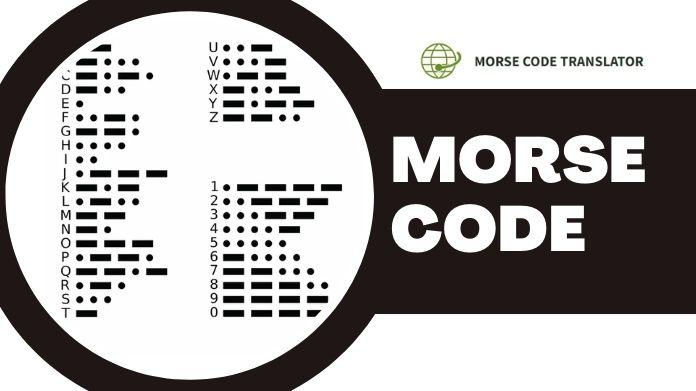Morse Code, a system of communication using dots and dashes, represents a critical juncture in the history of communication.
This article delves into the origins, evolution, and enduring importance of the Morse Code as a pivotal invention that changed how we transmit information.
So, let’s get started!!
The Birth of Morse Code

Morse Code, named after its co-inventor Samuel Morse, emerged in the early 1830s alongside the development of the telegraph.
Samuel Morse, born in 1791, was a multifaceted American inventor, artist, and professor. His journey into telegraphy began when he sought to address the slow pace of long-distance communication in the 19th century.
Working alongside his assistant, Alfred Vail, Morse created the telegraph system and the Morse Code language to revolutionize communication.
The telegraph allowed for near-instantaneous transmission of messages over long distances, and the Morse Code was the method by which this was achieved.
The Language of Dots and Dashes
At its core, Morse Code relies on two fundamental symbols: dots (.) and dashes (-). These symbols, known as “dits” and “dahs,” represent letters, numbers, and other characters.
The duration of a dot is the basic unit of time in Morse Code, and a dash is typically three times as long. The spaces between symbols, letters, and words are integral to distinguishing the individual characters in Morse Code.
Here’s a reference for some commonly used Morse Code symbols:
A .- B -… C -.-. D -..
E . F ..-. G –. H ….
I .. J .— K -.- L .-..
M — N -. O — P .–.
Q –.- R .-. S … T –
U ..- V …- W .– X -..-
Y -.– Z –.. 0 —– 1 .—-
2 ..— 3 …– 4 ….- 5 …..
6 -…. 7 –… 8 —.. 9 —-.
Each letter and number is uniquely represented by a combination of dots and dashes, allowing for efficient message transmission.
Importance of Morse Code
Morse Code’s significance extends far beyond its role as a communication system. Here are several key aspects that emphasize its importance:
1. Revolutionizing Communication
Morse Code was pivotal in revolutionizing communication during the 19th century. It transitioned from trying, handwritten messages delivered by horseback or boat to near-instant communication across vast distances.
This advance had profound implications for various industries, from journalism to business and government.
2. Maritime Communication
In the maritime world, the Morse Code was indispensable. It served as the primary means of contact between ships at sea and between ships and coastal stations.
Distress signals, such as the universally recognized SOS ( …—… ), were crucial for ensuring the safety of mariners in peril.
3. Military and Aviation
Morse Code played a significant role in military and aviation communications. It was used to transmit essential messages, coordinates, and distress signals, especially during conflict and emergencies.
4. Amateur Radio
Amateur radio operators, often called “hams,” continue to use Morse Code. For many radio enthusiasts, it remains a valuable skill, enabling communication over long distances when other forms of communication may not be feasible.
5. Early Space Exploration
Morse Code was also employed in early space missions. Astronauts used it to communicate with mission control on Earth when radio signals were weak or disrupted, serving as a vital backup in the harsh space environment.
The Legacy of Morse Code
With more modern communication technologies, including the telephone, internet, and digital messaging, Morse Code gradually lost its practical significance in everyday communication.
In 1999, the International Telecommunication Union (ITU) officially removed the requirement for mariners to have proficiency in Morse Code.
However, Morse Code remains a living legacy of human innovation and a testament to the importance of effective communication.
It has grown in popularity among hobbyists and enthusiasts who appreciate its historical significance and the unique way it encodes messages using dots and dashes.
Conclusion
Morse Code represents a significant milestone in the history of communication technology.
It transformed long-distance communication, enabled rapid message transmission, and played a critical role in various industries and fields.
The enduring legacy of Morse Code reminds us of the power of effective communication and its role in shaping the course of human history.
